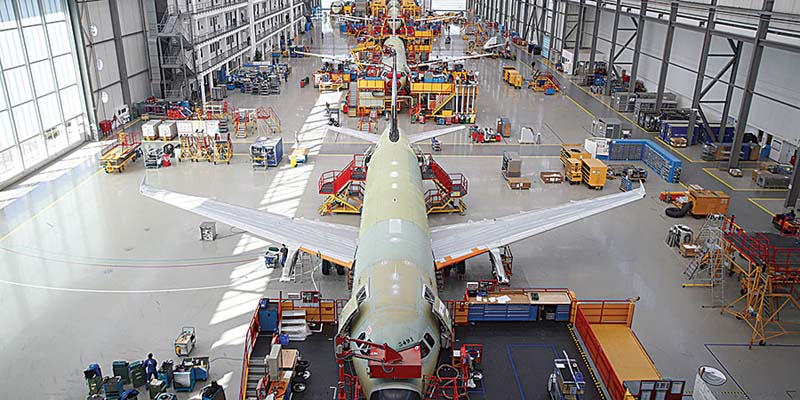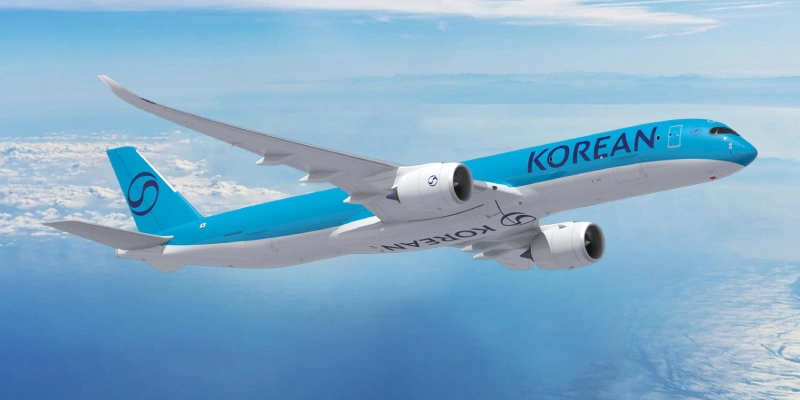Boeing on Tuesday lowered its forecast for aircraft demand over the next 20 years, at a time when economic turmoil over the COVID-19 pandemic is hitting deliveries hard.
See also: Boeing announces that production of 787 will move to South Carolina in 2021.
Boeing, which dominates aircraft sales along with Europe’s Airbus, forecasted deliveries of 43,110 commercial aircraft over the next 20 years, down 2% from 44,040 projected a year ago and with an unchanged value of $6.8 billion at list prices, reported Reuters.
See also: The GE9X, the engine that powers the Boeing 777X, is certified by the FAA.
This is the first time Boeing has cut its 20-year demand forecast in terms of number of deliveries since the 2009 financial crisis.
Boeing also delivered for the first time a partial breakdown of the first half of the 20-year period, showing sharp declines over the next decade following the COVID-19 crisis. It predicted 18,350 deliveries between 2020 and 2029, 10.7% less than an unpublished forecast of 20,550 included in the last report.
“The industry has clearly been dramatically impacted by the pandemic,” said Boeing vice president of business marketing Darren Hulst.
A key forecast for passenger traffic growth has been declining since 2015, when it peaked amid a record-breaking aviation industry boom. But it had a strong impact on the latest report, falling from 4.6% to 4% over last year.
Still, Boeing expressed confidence that demand will return to the previous pace in the 2030s, echoing the rebound seen after previous crises. Environmentalists say what is happening is an opportunity for the industry to shrink.
“It will be longer with this crisis, but … the sector will show resistance again; the fundamentals are not changing,” Hulst said.
The company said demand will be driven in part by an increase in the number of fleet replacements as airlines speed up the retirement of older aircraft to save operating costs and meet environmental goals.
Related Topics
Airbus Confirms Delivery of 78 Jets in October, Faces Challenge of Delivering 235 More in Two Months to Meet Annual Target
Wizz Air Delays Airbus Jets Deliveries Until 2033 and Reduces A321XLR Order
Airbus Delivers 78 Aircraft in October, Sources Said
Korean Air Becomes New Airbus A350F Customer
Líder en noticias de aviación




